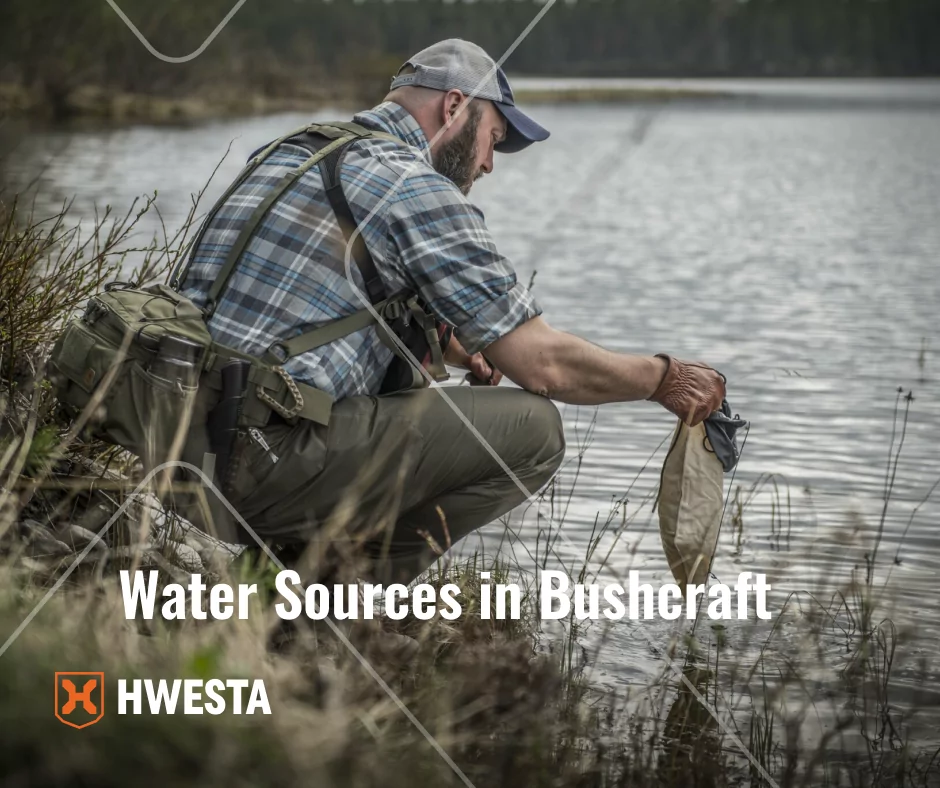- News
- 0 likes
- 2930 views
- 0 comments

Winter is a beautiful yet challenging season, especially for bushcraft enthusiasts. In harsh winter conditions, access to water becomes a crucial challenge as many water sources freeze over. For those who value wilderness survival skills, it's essential to know how to obtain water in such conditions. In today's blog post, we will explore where you can source water in winter when everything is covered in ice and snow.
1. Melting Snow as a Water Source
During winter, snow can become an invaluable water source. It's essential to know how to safely melt and filter it.
The first step is to dig a hole in the snow. Then, create a small bowl in the center to collect melting snow. After a while, the sun or a heat source (like heated stones) will assist in melting the snow. Make sure that the water does not come into contact with dirty hands or contaminants from the bowl. After melting, you can filter the water through several layers of fabric or a water filter.
2. Ice Melting
In winter, if you have access to frozen lakes or streams, there is a method for melting ice. Of course, it's not as simple as it sounds. You need to find a thick layer of ice, dig an opening, and extract the ice. Then, you can melt it over a fire or on a camp stove. This source of water can be more challenging to obtain but can be a lifesaver in extreme conditions.
3. Collecting Dew
In low nighttime temperatures, dew can form on the surface of grass and plants. This is a valuable water source. You can collect it by using fabric or clothing to absorb moisture and then squeeze the water into a container. This method is more effective in areas with low sunlight and high humidity.
4. Snowmelt
If you have a small amount of water, you can try using it as a heat source to melt snow. This involves placing a small amount of water in a container and positioning it over a heat source, such as a campfire. Water vapor rises and condenses on the container's surface. This method can be time-consuming but can help you obtain precious water in challenging conditions.
5. Seek Shelter Under Trees
During snow or rain, trees can provide shelter from precipitation. You can hang a container on long tree branches, and rainwater or melting snow will flow into the container.
6. Boil Snow
Boiling snow is another method of obtaining water, but it requires the use of energy in the form of a fire or heating. It's not always practical, but it can be an effective option.
Acquiring water in winter under bushcraft conditions can be a challenge, but with the right knowledge and skills, survival is possible. Remember to prioritize safety and hygiene and to filter or disinfect collected water. Knowledge of obtaining water in winter is not only practical in the wilderness but can also be a life-saving skill in emergencies. Mastering these skills is an integral part of bushcraft, allowing you to enjoy adventures in a winter landscape.

Comments (0)